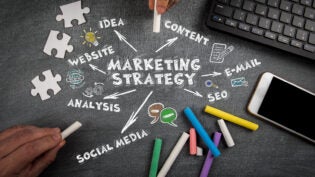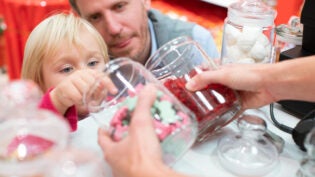
Lately, I’ve noticed a marketing trend that isn’t necessarily a new phenomena, but seems to be gaining some steam. As a person who was born and grew up in the ‘90s, I constantly reminisce about the glory days of my youth—when Surge was the greatest soda in the world and Nickelodeon still revolved around slime. Suddenly, I began seeing ads for the return of Surge, which is when I realized I wasn’t the only one who yearned for its return to the shelves. What I also realized is that marketers are very aware of consumer nostalgia, and often leverage it to elicit an emotional response from consumers, especially Millennials like me. As Millennials become increasingly important as customers, brands have started to incorporate nostalgia into their campaigns to win them over. Used correctly, nostalgia can be an incredibly powerful marketing tool, but what makes today’s nostalgia marketing unique compared to the past?
The Savviest Generation of Consumer
Millennials now account for 21-25% of consumer discretionary purchases, according to Entrepreneur.com. This percentage will only increase as they get more earning power. From a business perspective, it makes sense that nostalgia is effective at influencing purchase decisions. A study by professor and nostalgia specialist Jannine LaSaleta referenced in the Entrepreneur article found that the feelings of social connectedness that arise from nostalgia make people value money less, which ultimately leads them to spend more freely. As I mentioned above, nostalgia marketing is nothing new, but its current incarnation is unique in a few different ways.
’90s References Are All the Rage
Probably given the sheer size of the Millennial demographic, there is an unmistakable trend among modern marketers to capitalize on customers’ nostalgia for the ’90s. Yes, doing so allows them to cater to a wider and younger audience, however the most effective forms of nostalgia marketing appeal to multiple generations. For example, a Coca-Cola ad might remind 20-somethings of their youth, but could also remind their parents and even grandparents of when they were young. By targeting Millennials, then, marketers are able to persuade two or more target demographics to buy Coke products.
Nostalgia is Now Personalizable
In the past, marketers had to convey nostalgia to their audience in a broader sense by painting a universal picture of an era. However, today it is possible to bring individual customers back to their memories from earlier years. For example, the band Arcade Fire created a personalized music video that asked viewers to enter the address of their childhood homes. Next, Using Google Maps, the video appeared to be set in their hometown. The result was a genuinely personalized consumer experience instead of generic imagery that attempts to create nostalgia.
Related Article: Maximizing the Effectiveness of Content Personalization
Nostalgia is Easier to Pinpoint
Using social media as a thermometer, marketers can easily determine the exact moment when something switches from dated to retro. At the same time, they must be careful because pushing a product that consumers don’t want to see can lead to alienation. Fortunately, social media acts as a direct, real-time window into the minds of consumers that can be used to find out which products they’re most nostalgic for. If you’re interested in incorporating nostalgia into your brand’s messaging, the best way is to keep your finger on the pulse and then quickly take advantage of opportunities as they arise. With social media, this has never been easier to accomplish.
Nostalgia offers marketers an opportunity to deeply connect with consumers’ emotions to bring out happy memories. If your brand’s messaging attempts to bring out happy memories from the past, it can help your audience feel better about the present, the future, and your product. If you can build a connection with your customer that leaves him or her with a positive connection to your brand, they’re that much more likely to make a purchase and trust your brand moving forward.
This article was originally published by SyneCore
Published: June 24, 2015
2615 Views
2615 Views












